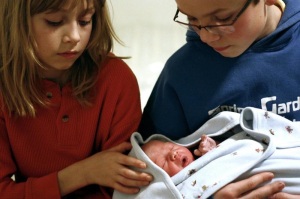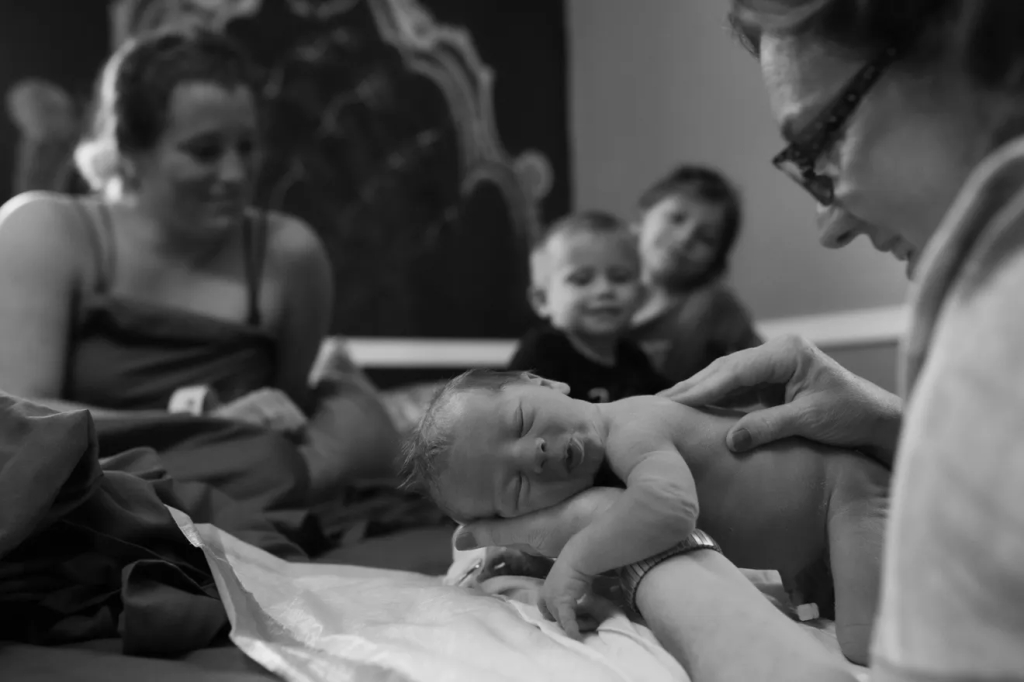“Holly, we love you. You’re a smart lib.” I laughed when a Toledo midwife told me this on a recent Zoom meeting with several other Ohio midwives, who nodded their heads in agreement.
Being a Democrat or Republican, liberal or conservative, is not the same as ticking off a preset list of requirements. Or, as I often tell my college students, never trust anyone who tells you anything is a simple, binary issue. People are complex, issues are complex and, as a result, so is history.
Holly Christensen:Protecting community midwifery for all Ohioans
In his 2000 book, “Bowling Alone,” author Robert Putnam claimed “our stock of social capital – the very fabric of our connections with each other, has plummeted, impoverishing our lives and communities.” As an example he pointed out that while more Americans were bowling than before, fewer were doing so in leagues.
It is important to seek out situations that are not just echo chambers of already held beliefs. In a recent New Yorker article, “Can Pickleball Save America?” the increasingly popular sport is described as “transcending socioeconomic lines” and “bringing Americans out to meet other Americans in ways they normally wouldn’t.”
The pickleball players I know are evangelically enamored with the game. Similar to tennis and pingpong, pickleball was designed for adults and kids to play together. Baked into the rules is being friendly, while size and strength matter little. Recently a tiny grandma in Pittsburgh made news when she won a pickleball doubles match. Her partner and the other two players were all Pittsburgh Steelers.
To say I’m not athletic is an understatement, so, for now, pickleball is off the table. But I am a Democrat with a strong commitment to social justice. I also have Libertarian leanings.
According to the Libertarian Party’s website, “Libertarians strongly oppose any government interference in your personal, family, and business decisions. Essentially, we believe all Americans should be free to live their lives and pursue their interests as they see fit as long as they do no harm to another.”
Holly Christensen:Museums for all should not be a secret
Like other so-called alternative choices, such as chiropractic care (love it), locally raised food (love it) and home schooling (not for me), home birth appeals to those on the far right, the far left and many along the spectrum of the two.
In the mid-’90s, I worked on protecting the legal status of Ohio’s community midwives for over two years, becoming friends with legislators, midwives and home birth mothers, many of whom were very conservative.
Many Democratic legislators were resistant to the continued practice of unregulated community midwifery in Ohio. They then feared a two-tiered system of health care delivery based upon the historical lack of access for poor pregnant women to birth in hospitals prior to the enactment of Medicaid in 1965.
Today, in what first looks like an about-face, some Ohio Democrats hope to expand midwifery care to address the unacceptable maternal and infant mortality and morbidity rates of Black mothers and babies. But they would have done so by regulating community midwifery out of existence by criminalizing non-licensed midwives. Their bill, House Bill 402, was introduced in September 2021, then quickly fizzled.
Republican state legislators remain largely uninterested in regulating community midwives. So it was surprising that in one of his final pieces of legislation before he retires, Republican state Rep. Kyle Koehler of Springfield sponsored a bill similar to HB 402.
I’ve participated in virtual meetings with Rep. Koehler and he sincerely hopes his legislation will help address the plight of Black mothers and babies in Ohio. I don’t think it will, but I respect him and believe his efforts arose from earnest concern.
Meanwhile, the very real problem of Black maternal and infant mortality and morbidity needs real solutions and HB 496 is not it.
Working closely with Ohio’s state legislators, both Republicans and Democrats, has taught me not to make broad, iron-clad assumptions about people in either party. At the same time, working with other citizens on community midwifery has taught me that the common ground shared by all Americans is not as small as what cable-TV talking heads would have you believe.
Once the midwifery legislation is settled, perhaps I’ll reconsider joining a pickleball league and get to know people who are diverse in multiple measures over a game known for how fun it is. I know a few retirees who’d love to teach me (and you and everyone) how to play.
This was first published in the Akron Beacon Journal on Sunday, October 16, 2022.


